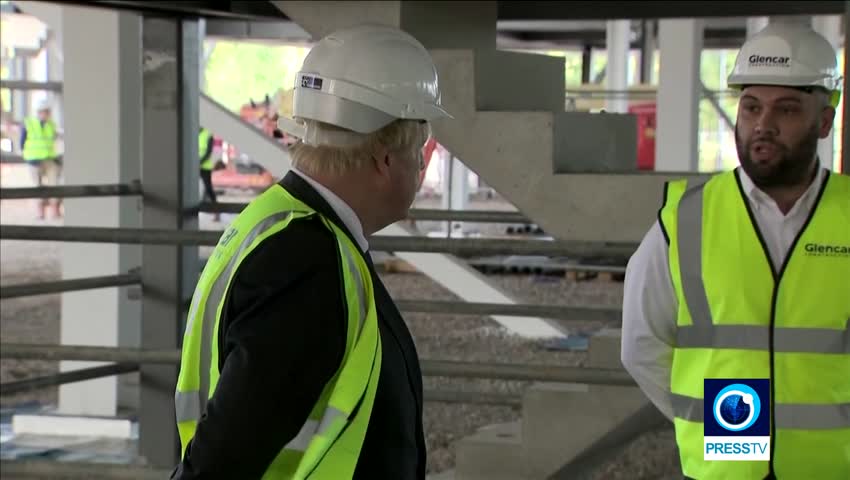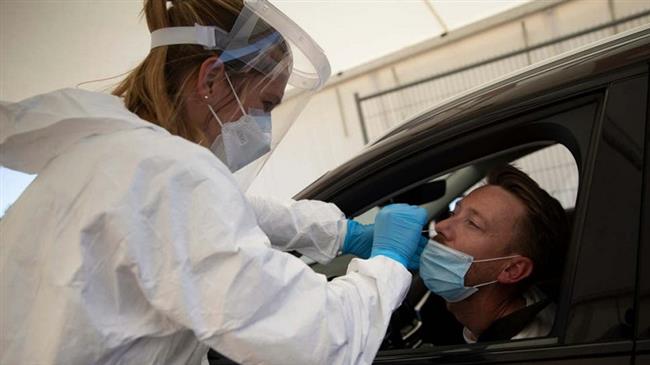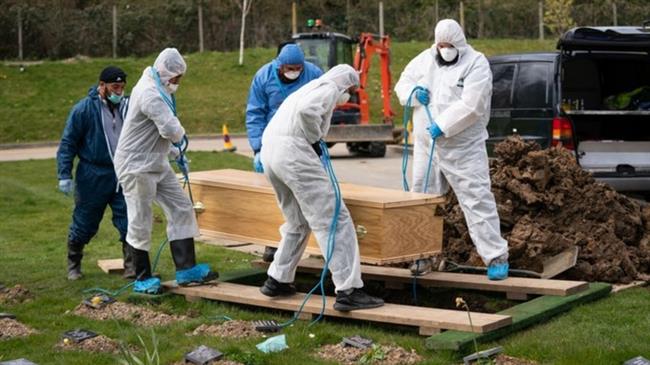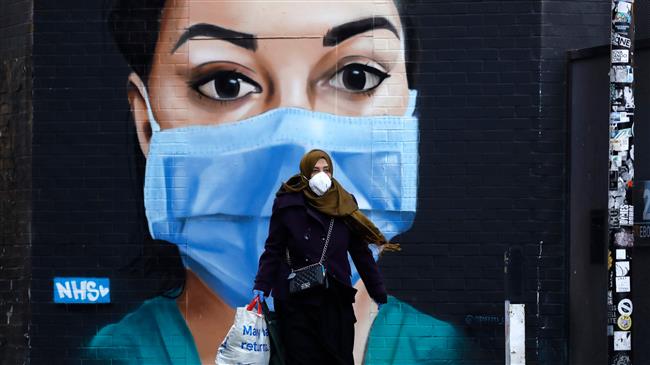COVID-19 infections fall far slower in UK's poorest areas, government not doing enough
COVID-19 infections are falling more slowly in the UK's most deprived areas and the government is not doing enough to minimize the impact of the pandemic in those areas.
Seven out of nine regions in England saw an uneven fall in the cases between the richest and poorest areas throughout January, according to a new analysis.
The northwest, east of England, and Yorkshire and Humber saw the starkest disparities in infection rates between their least and most deprived areas, shows the analysis conducted by Colin Angus, a senior research fellow and health inequalities modeler at the University of Sheffield.
In Yorkshire and Humber, which had the sharpest disparity, cases in rich areas were decreasing almost four times as quickly.
Case rates dropped by 47.9 percent in the least deprived 10 percent of areas in Yorkshire and Humber, and by only 12.1 percent in the most deprived 10 percent.
In the northeast, case rates in the least deprived areas had a decrease of 52.2 percent in comparison to 31.5 percent in the most deprived.
By contrast, rates in London fell by just over half across all poor groups – 51.3 percent in the least deprived and 56.2 percent in the most deprived.
However, the distribution of cases across the capital has been heavily concentrated in the city’s most destitute areas from the earliest stages of the pandemic.
“These statistics show the pandemic has magnified every inequality in British society,” Munira Wilson, MP for Twickenham and the health and social care spokesperson for the Lib Dems, told The Independent. “The heroes of this crisis, the nurses, supermarket staff and the carers, are on the wrong side of the growing divide.
“This report shows once again the problems we all know about but that, for some unknown reason, the government refuses to do anything about.”
Labour and the Liberal Democrats argue that more financial support is essential for the country’s poorest communities, where poorly-paid key workers have been more vulnerable to the fatal disease as they were unable to stay at home during lockdown.
Out of 10.9 million key workers in Britain, only about 14 percent are able to work from home, show figures from the Office for National Statistics.
Being low paid or on zero-hour contracts has left them unable to self-isolate or quarantine without financial help.
“There is no doubt that Covid has preyed on existing inequalities in our society,” Justin Madders, shadow health minister, told The Independent. “The precarious and low-paid nature of many jobs in this country is putting people in an invidious position.”
Madders said the government strategy’s “biggest hole” was its “continual failure to ensure people are financially supported to self isolate”.
Those who were told to self-isolate were offered government payments worth £500, however, Labour said eligibility was “restrictive” and that only one in eight people qualified for the scheme.
Israel admits assassinating Hamas leader, vows to inflict same fate on Yemeni fighters, people
VIDEO | Yemeni forces repel US-British attack, down F-18 Jet
Iran’s capabilities vast; enemy’s ‘maximum pressure’ policies all failed miserably: Senior official
Iran’s economy grew 2.7% y/y in Sep quarter: CBI
VIDEO | Freelancers in Gaza strive to stay online amid genocide
Mikati demands Israel's withdrawal from south Lebanon
Yemeni army strikes Israeli military sites with drones
‘Clock ticking’: UNRWA slams unjustifiable killing of children in Gaza















 This makes it easy to access the Press TV website
This makes it easy to access the Press TV website